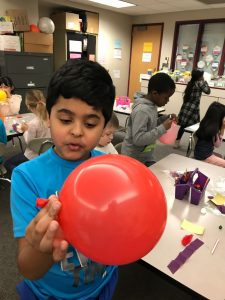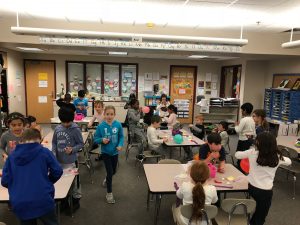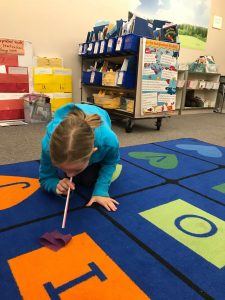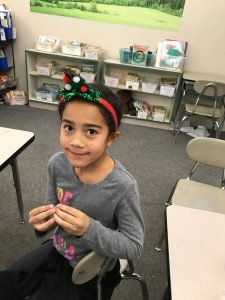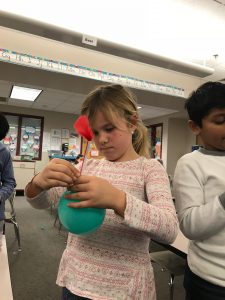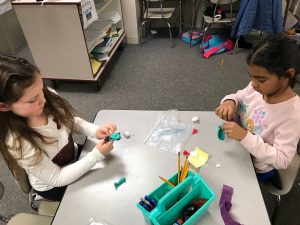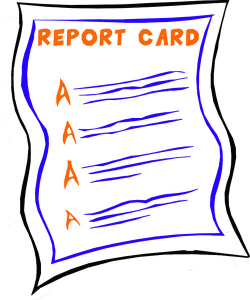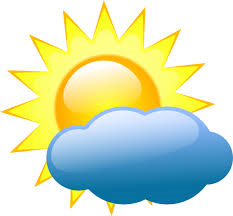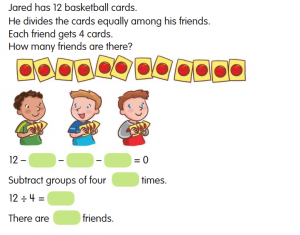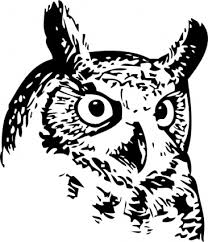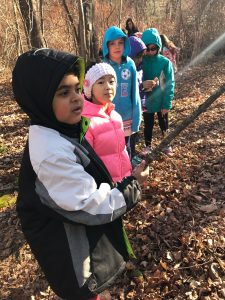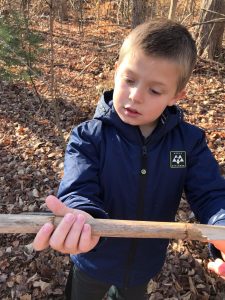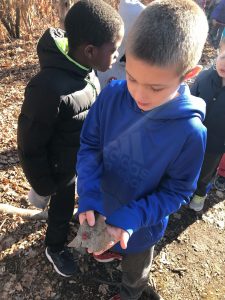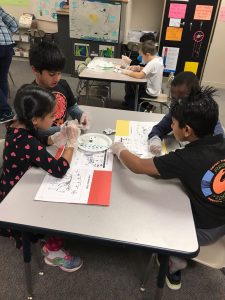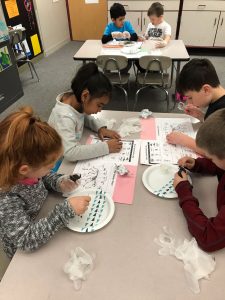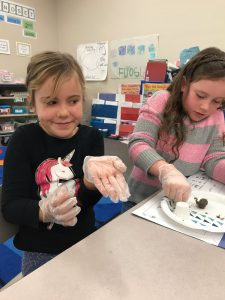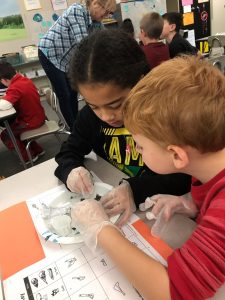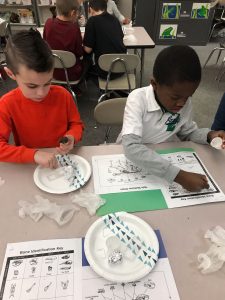Posted by kavery508 | Posted in Uncategorized | Posted on December 18, 2017
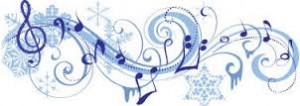 We’re almost there! Just a couple more snowflakes and we’ve reached our goal and earned our special day. As a special reward for demonstrating good work habits, students are invited to wear pajamas to school Friday. Please keep in mind the following guidelines for appropriateness and safety:
We’re almost there! Just a couple more snowflakes and we’ve reached our goal and earned our special day. As a special reward for demonstrating good work habits, students are invited to wear pajamas to school Friday. Please keep in mind the following guidelines for appropriateness and safety:
- Kids will be going outside, so dress for the weather: PJs with tops and bottoms are best. Sweats work equally well, or a combination of the two.
- Sneakers or regular footwear are a must for coming to school/going home/recess. Kids are allowed (not required) to bring slippers–but keep in mind they’ll be wearing them all over school, including the bathrooms!
- Nightgowns are not recommended but if they are worn, leggings or shorts must be worn underneath.
- No toys, stuffed animals, or accessories, please.
On Friday, we will celebrate by making crafts, reciting seasonal poetry; writing a main event with description to accompany Raymond Briggs’ The Snowman; singing together at an all-school sing-a-long; and more! Thanks for the countless ways you support your child’s learning. These kids are so well cared for physically, emotionally, and academically and I’m proud to be sharing their journey with you. I wish you the happiest of holidays, and all the best in 2018!
 In math this week, students will be taught x5 math facts by counting objects; skip counting on fingers; and using dot paper, which shows arrays.
In math this week, students will be taught x5 math facts by counting objects; skip counting on fingers; and using dot paper, which shows arrays.
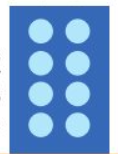 A note about arrays: Arrays are rectangular arrangements of objects like the dots in the picture above. For our purposes, we always count the number of rows first and multiply that by the number of things in each row (columns). In this example, we are looking at a 4 x 2 array (read ‘4 by 2’), the total of which is 8. We can also turn the array on its side like this:
A note about arrays: Arrays are rectangular arrangements of objects like the dots in the picture above. For our purposes, we always count the number of rows first and multiply that by the number of things in each row (columns). In this example, we are looking at a 4 x 2 array (read ‘4 by 2’), the total of which is 8. We can also turn the array on its side like this:
 This is a 2 x 4 array, with the same total as 4 x 2. We use these rotating arrays to teach students the commutative property of multiplication. If we know 4 x 2 = 8, then we immediately know that 2 x 4 = 8. There is no need to do the math a second time, and now we’ve learned 2 math facts at once.
This is a 2 x 4 array, with the same total as 4 x 2. We use these rotating arrays to teach students the commutative property of multiplication. If we know 4 x 2 = 8, then we immediately know that 2 x 4 = 8. There is no need to do the math a second time, and now we’ve learned 2 math facts at once.
And as a fun way to combine skip counting with math facts, we’ll be playing along with this old favorite!
As part of our study of weather, students began investigating what air can do and what we can do with air. The kids concluded: You can trap air; You can use air to propel things; You can make wind with air; You can use air, including suction, to control the directions of objects; You can control the direction of air; Air can make things float. Here’s some pictures of us in action!


